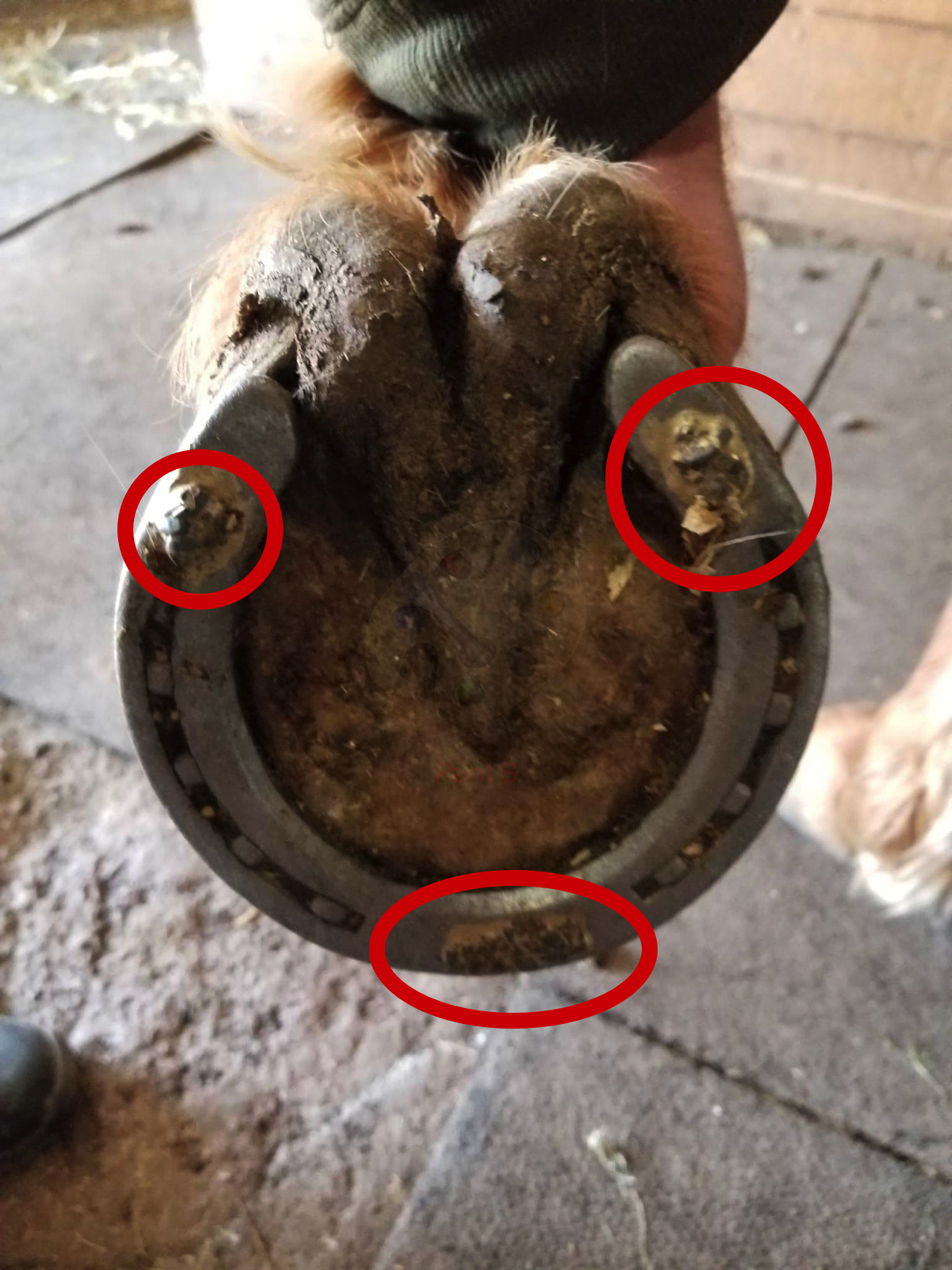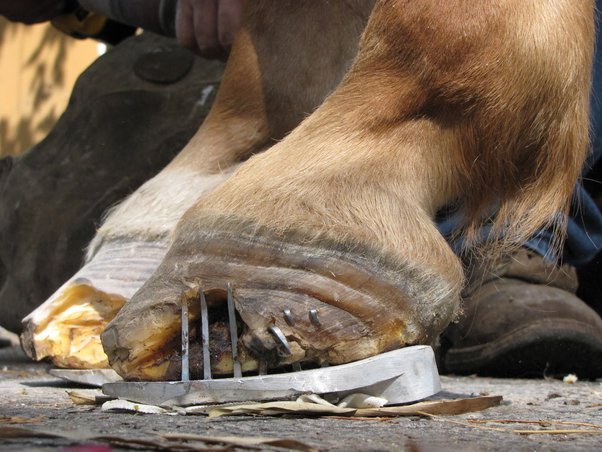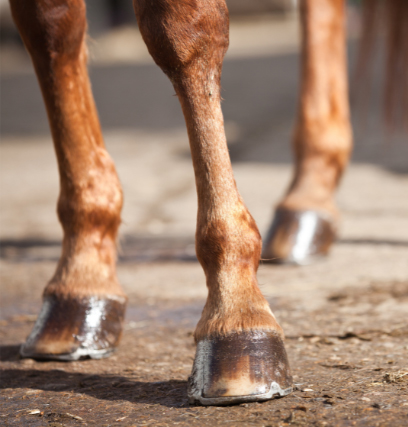When it comes to horse care, the debate over whether or not all horses need shoes is a significant topic. Many horse owners, trainers, and enthusiasts often find themselves asking this question. While shoes can provide protection and support for horses, particularly those that work hard or traverse rocky terrain, some horses can thrive without them. This article delves into the factors involved in the decision of whether to shoe a horse, the advantages and disadvantages of both options, and considerations for maintaining horse hoof health.
Understanding Horse Hooves
The equine hoof is a complex structure that requires proper care and attention. It serves multiple important functions, including:
- Protection of the internal structures of the hoof
- Shock absorption during movement
- Support of the horse’s overall weight
- Helping in drainage and circulation of blood within the hoof
The Structure of a Horse’s Hoof
A horse’s hoof consists of several parts, each with its role in hoof health:
- Wall: The outer layer that bears weight and provides protection.
- Sole: The bottom part that protects the delicate internal structures.
- Frog: A V-shaped structure that aids in shock absorption and blood circulation.
- Digital Cushion: Provides cushioning and support within the hoof.
Do All Horses Need Shoes? Key Factors to Consider
Determining whether your horse needs shoes involves a variety of considerations:
1. Type of Work or Activity
The type of activities your horse engages in plays a major role in this decision. Horses involved in heavy work, such as racing or jumping, may benefit from shoes that provide additional support and traction. Conversely, horses that are ridden primarily in soft, flat environments may not require shoes.
2. Hoof Health
Healthy hooves are crucial for your horse’s well-being. If your horse has had a history of hoof problems, such as bruising or cracking, shoes may provide protection and support.

3. Terrain and Environment
The ground on which the horse is ridden can also affect the need for shoes. Rocky or abrasive terrains often necessitate shoes to prevent injury to the hooves.
4. Breed Considerations
Some horse breeds naturally have harder, more durable hooves. For instance, Arabians and Appaloosas may be more suited to barefoot living than breeds like Thoroughbreds, which often require shoes.

The Pros and Cons of Horseshoes
As the saying goes, “with every good, comes a bad”—this holds true when it comes to horses and horseshoes.
Pros of Horseshoes
- Protection: Shoes safeguard hooves from injury in rough terrain.
- Support: Provides additional support to horses that require it during hard activity.
- Traction: Shoes can be equipped with studs or special designs for better grip on various surfaces.
- Corrective Shoeing: Can help fix or manage hoof-related issues, such as imbalance or abnormal growth.

Cons of Horseshoes
- Cost: Horseshoeing can be expensive, especially with frequent shoeing appointments.
- Hoof Health: Prolonged shoeing can lead to hoof atrophy or other complications.
- Limited Sensation: Shoes can desensitize the hoof, leading to reduced awareness of footing.
- Maintenance: Requires regular trimming and replacement.
Horseshoeing Techniques and Options
There are various types of horseshoes and application techniques available today. Here’s a comparison table summarizing some of the common ones:

| Type of Horseshoe | Description | Pros | Cons |
|---|---|---|---|
| Steel Shoes | Traditional metal shoes that provide durability. | Durable, widely available, good for various activities. | Heavy, can cause hoof issues if not fitted properly. |
| Aluminum Shoes | Lightweight option, often used in racing. | Lightweight, good for speed work. | Less durable, can wear down quickly. |
| Plastic Shoes | Flexible and lightweight shoes suitable for sensitive horses. | Gentler on the hoof, less impact. | May not provide enough support for heavy work. |
| Therapeutic Shoes | Specially designed to address specific hoof problems. | Can alleviate pain, promote hoof health. | Costly, requires a specialist farrier. |
Alternatives to Horseshoes: Barefoot Horses
The barefoot movement is gaining traction among horse owners who advocate for natural hoof care. Here’s a deeper look into the barefoot option:

Understanding Barefoot Horses
Horses that go without shoes rely on proper trimming and hoof care to maintain hoof health. Barefoot horses typically adapt better to softer ground conditions.
Advantages of Barefoot Living
- Natural Movement: Horses can move freely and naturally.
- Cost-Effective: Reduces costs related to shoeing and frequent farrier visits.
- Improved Hoof Strength: Encourages natural hoof development and strength.

Challenges of Going Barefoot
- Initial Transition: Some horses require time to adapt to being barefoot.
- Terrain Sensitivity: May be sensitive on hard or rocky ground.
- Regular Maintenance: Requires diligent trimming and care.
Hoof Care and Maintenance Tips
Whether your horse is shod or barefoot, proper hoof care is essential. Here are some tips:

1. Regular Trimming
Ensure that your horse’s hooves are regularly trimmed by a qualified farrier. For barefoot horses, this might be every 4-6 weeks, while shod horses often need more regular visits.
2. Monitor Hoof Health
Keep an eye on your horse’s hooves for any signs of injury, cracking, or thrush. Early detection is key to effective treatment.
3. Nutrition and Diet
A balanced diet rich in minerals, especially biotin, can support hoof health. Consult with a veterinarian for specific dietary recommendations.
4. Use Protective Boots
If you’re not going to shoe your horse but still want to ride on tougher terrain, consider using hoof boots as a protective measure.
FAQs About Horseshoeing
Do all horses need shoes?
No, not all horses need shoes. The necessity for shoes depends on factors such as the horse’s workload, hoof health, and the terrain they are commonly ridden on.
How often should horseshoes be replaced?
Typically, horseshoes should be replaced every 6-8 weeks, depending on the horse’s activity level and hoof growth.
Can horses go barefoot?
Yes, many horses can live comfortably without shoes. Proper trimming and care are essential for maintaining hoof health in barefoot horses.
What are some signs my horse may need shoes?
Signs may include difficulty walking on hard surfaces, bruised or cracked hooves, or changes in gait. Consulting a farrier or veterinarian is advisable.
Conclusion: Making the Right Choice for Your Horse
Deciding whether to shoe your horse or leave them barefoot is a personal choice that should be based on careful consideration of various factors. Every horse is unique, and their individual needs will dictate the best approach to hoof care. It’s always best to consult with a knowledgeable farrier or veterinarian to develop a plan that works best for you and your horse.
Resources and Further Reading
For more information on horse hoof care and horseshoeing practices, consider checking out the following resources: